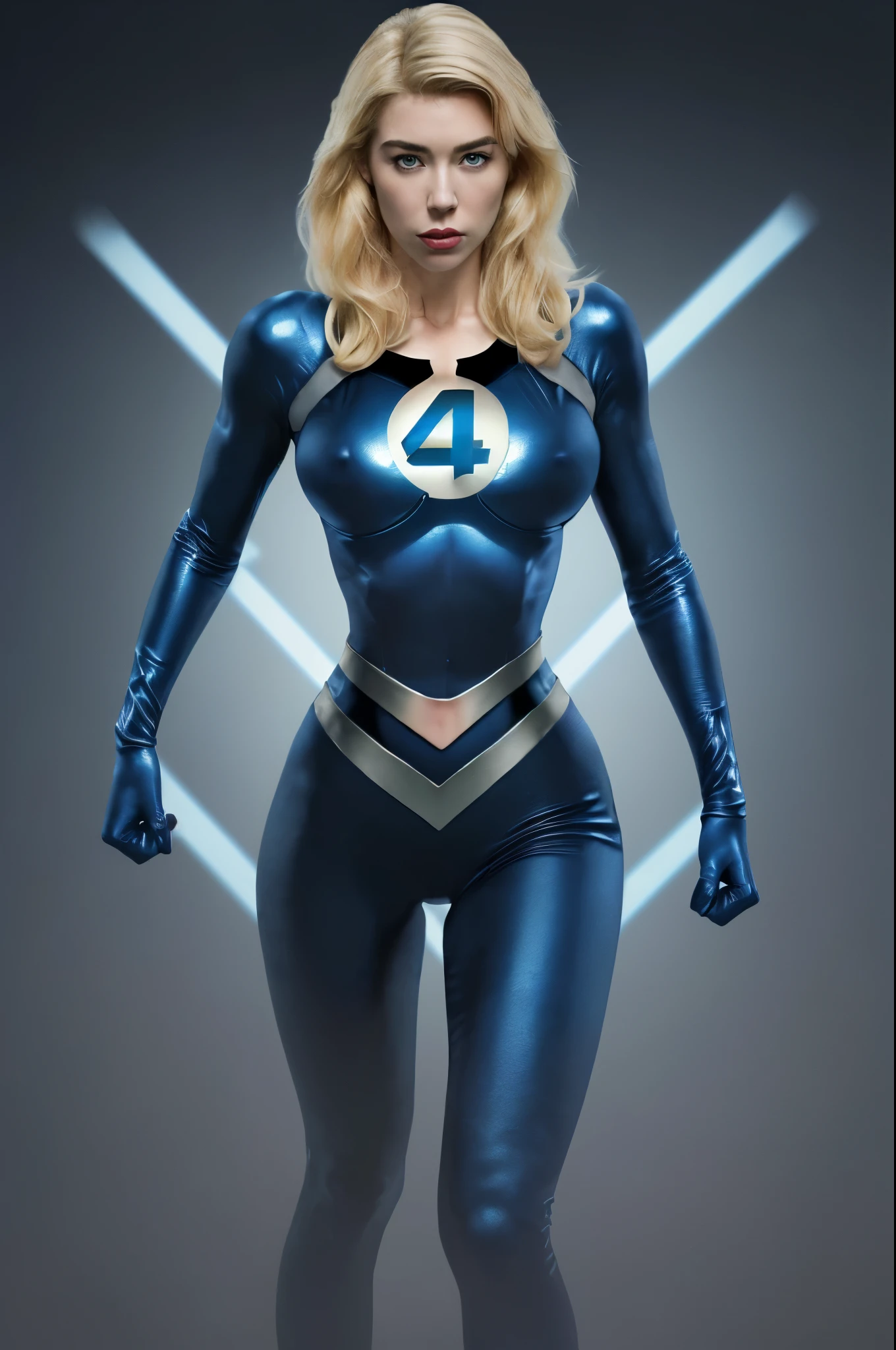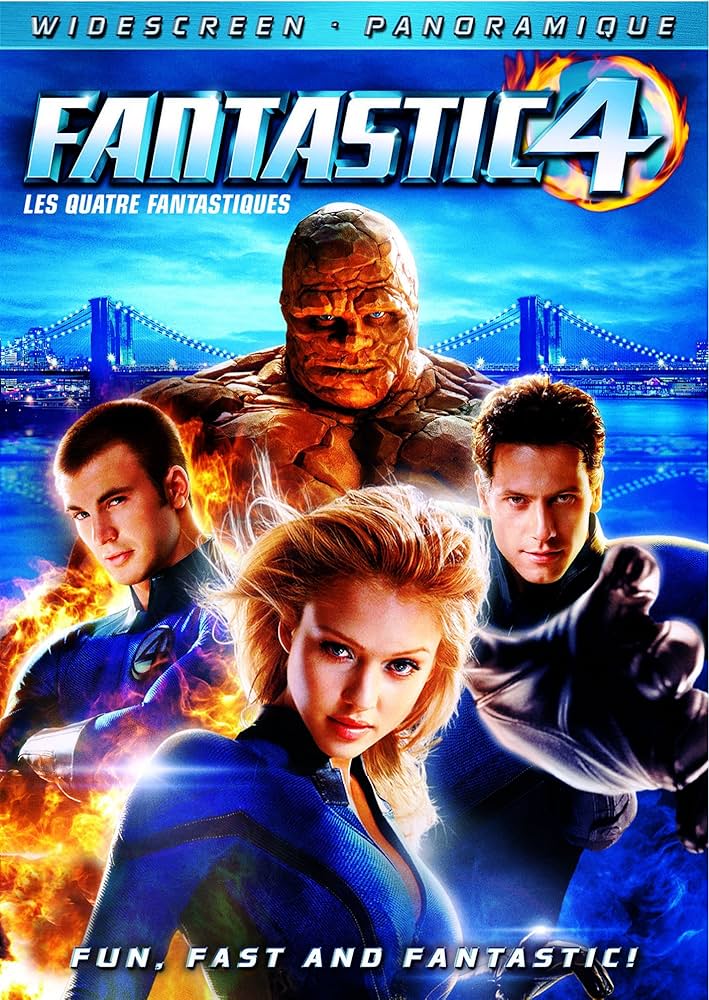New
The Evolution of The Fantastic Four Outfit From Comics to Screen
The Fantastic Four, Marvel’s first family of superheroes, has captivated audiences for decades with their thrilling adventures and iconic costumes. Since their debut in 1961, the team’s outfits have undergone numerous transformations, reflecting the changing times and artistic visions of various creators. This article delves into the fascinating journey of The Fantastic Four outfit, exploring its evolution from the pages of comic books to its various on-screen adaptations, and examining the impact these changes have had on the characters’ identities and the fans’ perceptions.
The Origins of The Fantastic Four Outfit
The Fantastic Four’s original costume design, created by Jack Kirby in 1961, set the standard for superhero attire in the Marvel Universe. This iconic look has remained a touchstone for all subsequent iterations of the team’s outfits.
Jack Kirby’s Revolutionary Design
Jack Kirby’s initial design for The Fantastic Four outfit was revolutionary for its time. The uniforms were simple yet distinctive, featuring a bright blue color with black trim. The most notable element was the large “4” emblem on the chest, which instantly identified the team members.
Kirby’s design was pragmatic and functional, reflecting the team’s scientific background. The outfits were made of unstable molecules, a fictional material that could adapt to each member’s powers. This clever concept allowed for Reed Richards’ stretching, Sue Storm’s invisibility, Johnny Storm’s flames, and Ben Grimm’s rocky form without the costumes being damaged.
The simplicity of the design also made it easy for different artists to replicate, ensuring consistency across various comic book issues and adaptations.
Evolution in the Comics
As the years progressed, The Fantastic Four outfit underwent subtle changes in the comics. Different artists added their own touches, experimenting with shades of blue, altering the placement of the “4” emblem, and adjusting the amount of black trim.
One significant change came in the 1980s when John Byrne introduced white collars and gloves to the costumes. This alteration added a touch of sophistication to the outfits, reflecting the team’s status as celebrity scientists as well as superheroes.
Throughout the decades, the core elements of the costume remained largely intact, proving the enduring appeal of Kirby’s original concept. The consistency of the outfit design helped maintain the team’s visual identity, even as their adventures and personal dynamics evolved.
Influence on Other Superhero Costumes
The Fantastic Four outfit had a profound impact on superhero costume design in general. The concept of a team wearing matching uniforms became a staple in superhero comics, influencing the looks of groups like the X-Men and the Incredibles.
The use of a simple, bold emblem as a unifying element for a superhero team was widely adopted across the comic book industry. This approach allowed for individual character designs while maintaining a cohesive team aesthetic.
The Transition to Live-Action: Challenges and Adaptations

When it came time to bring The Fantastic Four outfit to life on the big screen, filmmakers faced the challenge of translating a two-dimensional design into a practical, believable costume for live-action performers.
The 1994 Unreleased Film: A Low-Budget Attempt
The first attempt to bring The Fantastic Four outfit to live-action came in the infamous unreleased 1994 film. Working with a limited budget, the costume designers tried to stay faithful to the comic book look.
The result was a spandex-based costume that closely resembled the comic design in color and overall appearance. However, the limitations of the materials and budget were apparent, with the outfits looking somewhat cheap and ill-fitting on the actors.
Despite its shortcomings, this early attempt demonstrated the difficulties of translating comic book costumes to live-action, especially with limited resources. It set the stage for future adaptations to find a balance between comic accuracy and real-world practicality.
The 2005 Film: Modernizing the Classic Look
The 2005 “Fantastic Four” film, starring Jessica Alba, Ioan Gruffudd, Chris Evans, and Michael Chiklis, took a more modern approach to The Fantastic Four outfit. The costume designers aimed to create a look that would be believable in a contemporary setting while still honoring the comic book origins.
The result was a darker blue, almost navy, bodysuit with black accents. The “4” emblem was reduced in size and moved to the left chest, similar to a military or police badge. The costumes were made of a textured material that gave them a more tactical, less spandex-like appearance.
This update was generally well-received, striking a balance between the classic design and a more grounded, realistic approach. However, some fans missed the brighter blue and more prominent “4” of the comic book version.
The 2015 Reboot: A Drastic Departure
The 2015 “Fantastic Four” reboot took the most dramatic liberties with The Fantastic Four outfit to date. The film’s darker, more science-fiction-oriented tone was reflected in the costume design.
Gone were the blue bodysuits, replaced by highly advanced containment suits that were primarily black with some blue accents. The “4” emblem was absent entirely, replaced by a stylized “F4” logo on the shoulder.
This radical departure from the classic look was controversial among fans. While some appreciated the attempt to ground the costumes in the film’s more serious sci-fi context, many felt that it strayed too far from the iconic design that defined the team for decades.
The MCU’s Approach: Balancing Nostalgia and Innovation

With the Fantastic Four set to join the Marvel Cinematic Universe, fans are eagerly anticipating how The Fantastic Four outfit will be reimagined for this new era.
Learning from Past Adaptations
The MCU has the advantage of learning from previous live-action adaptations of The Fantastic Four outfit. They can analyze what worked and what didn’t in terms of fan reception and practical functionality.
Given the MCU’s track record of successfully adapting comic book costumes, there’s optimism that they’ll find a way to honor the classic design while making it work in the context of their cinematic universe.
The challenge will be to create costumes that feel cohesive with the established MCU aesthetic while still capturing the unique visual identity of the Fantastic Four.
Potential for Multiple Costume Iterations
One advantage of introducing the Fantastic Four into the established MCU is the potential for multiple costume iterations over time. Just as characters like Iron Man and Captain America have had evolving suits throughout their MCU appearances, The Fantastic Four outfit could undergo changes that reflect the team’s journey and technological advancements.
This approach could allow for an initial design that closely resembles the classic comic look, with subsequent updates that incorporate more advanced features or adapt to new challenges the team faces.
Incorporating Unstable Molecules in the MCU
The concept of unstable molecules, central to the functionality of The Fantastic Four outfit in the comics, presents an interesting opportunity for the MCU. Given the high-tech nature of many MCU costumes, the unstable molecule concept could be expanded upon, potentially tying into existing MCU technology or even connecting to other characters or storylines.
This could provide a unique angle for The Fantastic Four outfit in the MCU, distinguishing it from other superhero costumes and paying homage to the scientific genius of Reed Richards.
Conclusion
The journey of The Fantastic Four outfit from its comic book origins to various screen adaptations reflects the evolving nature of superhero storytelling. Each iteration has attempted to balance fidelity to the classic design with the need to appeal to contemporary audiences and fit within the context of its particular narrative.
As we look forward to the MCU’s take on these iconic characters, the challenge remains to create a version of The Fantastic Four outfit that honors its rich history while feeling fresh and exciting for a new generation of fans. Whatever form it ultimately takes, the costume will undoubtedly play a crucial role in bringing Marvel’s first family to life in their next big-screen adventure.
